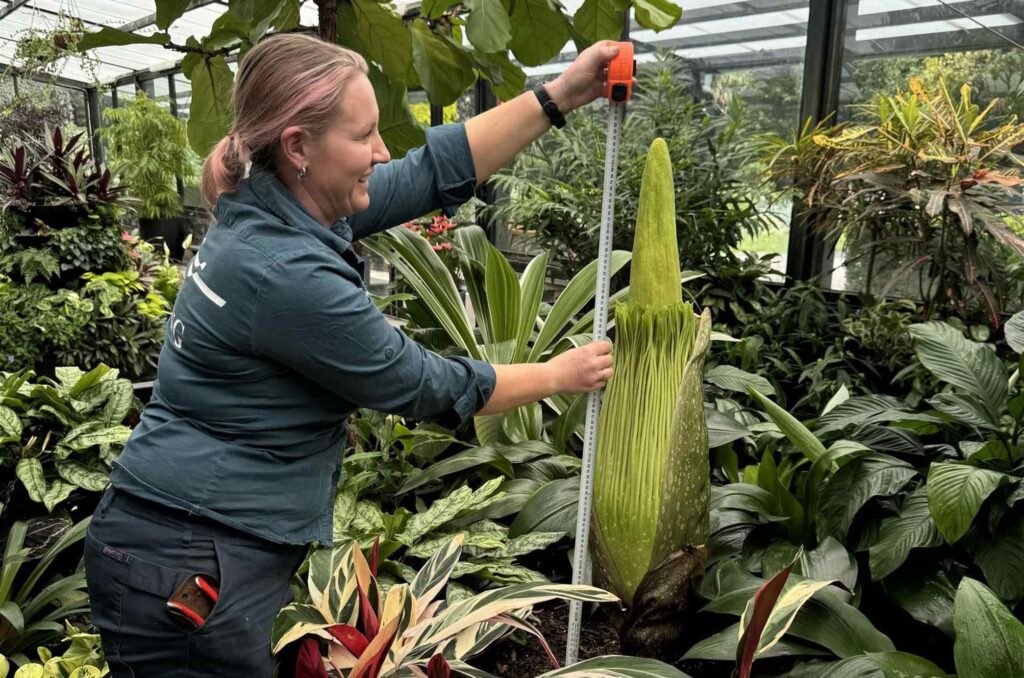It’s never been easier to feed your true crime obsession. With new media comes new ways to consume stories – stories that, despite their gruesome details and terrifying characters, we can’t help but keep coming back to for more.
For as long as there’s been a medium, there’s been a way to share real-life horror stories. From front-page headlines of serial killers to televised courtroom trials, it’s human nature to be curious about the dark shadows of our societies.
Stay up to date with what’s happening in and around the region here.
The twenty-four-hour news cycle, spurred by the internet, has transformed media consumption, including how we engage with true crime stories. Detectives aren’t just those with badges anymore; they’re anyone with an internet connection and a case to crack.
These three cases gripped Australia and the world, making headlines, dominating news bulletins and topping podcast charts. Read on to find out how each of these true crime stories marked a shift in how we consume the genre.
Dingo’s got my baby
An iconic line that supersedes the details of the case itself, these words are the precipice of an event that remains a dark chapter in Australia’s justice history. After the disappearance of her ten-week-old daughter, Azaria, taken by a dingo on August 17, 1980, Lindy’s cries were heard around the campsite near Uluru in the Northern Territory.
Suspected and eventually convicted of murdering her daughter, Lindy’s case divided the nation. The intense media coverage turned the investigation into a public spectacle, with everyone forming their own opinions about her innocence. The courtroom became the living room, the pub, the office, the supermarket aisles – all thanks to the immensity of the television reporting that gave the general public an insight into every step of the case as it unfolded.
Lindy was convicted guilty of murdering her daughter on October 29, 1982, and sentenced to life in prison. The case against Lindy is thought to have been compounded by the broadcasted whirlwind it became, swaying the public’s opinion
of her guilt and, with it, the verdict. In 1986, after the discovery of evidence that proved Lindy’s innocence, she was released from prison.
Making a Murderer
2015 marked the rise of streaming in Australia. Amidst the early key players was Netflix, boasting a catalogue of original content and a new way of consuming it. Among the array of Netflix Originals that filled the streamer’s feed, there was one true crime series that everyone was talking about – Making a Murderer.
Making a Murderer captivated audiences worldwide with the story of Wisconsin man Steven Avery’s wrongful conviction, igniting global audiences to engage in conversation. The series changed the landscape of true crime documentaries,
opening the genre to a vast, international audience like never before.
With streaming, viewers are no longer bound by geographic restrictions. Tools such as VPNs allow access to exclusive content from different countries, inviting global participation and creating a sense of community around these stories.
The Teacher’s Pet
What once was limited to newspaper print and evening broadcast news, award-winning investigative journalism found a new home in the soundwaves of Australia in 2018. The Teacher’s Pet didn’t invent true crime podcast journalism, but for many
listeners it might as well have. Hosted by Hedley Thomas and published by The Australian newspaper, the popularity of The Teacher’s Pet marked a shift in modern methods of consuming true crime content.
Through meticulous reporting and a sensitive approach, the podcast investigated the 1982 disappearance of Northern Beaches nurse and mother, Lynette Dawson. Hedley and producer Slade Gibson created a series that not only set the bar for true crime podcast journalism, but also brought crucial new evidence to light.
The Teacher’s Pet reached almost 30 million downloads and topped charts in Australia, the UK, Canada and New Zealand, earning the podcast the Gold Walkley Award, Australia’s most prestigious journalism accolade. The immense popularity of
The Teacher’s Pet attracted renewed interest in the case, leading to the 2022 conviction of Lynette’s husband, Chris Dawson, for her murder.
The Teacher’s Pet exemplifies the power of dedicated journalism in the podcast medium and the profound impact such reporting can have on the lives at the centre of true crime stories.
View this post on Instagram
For more true crime stories, head here.







